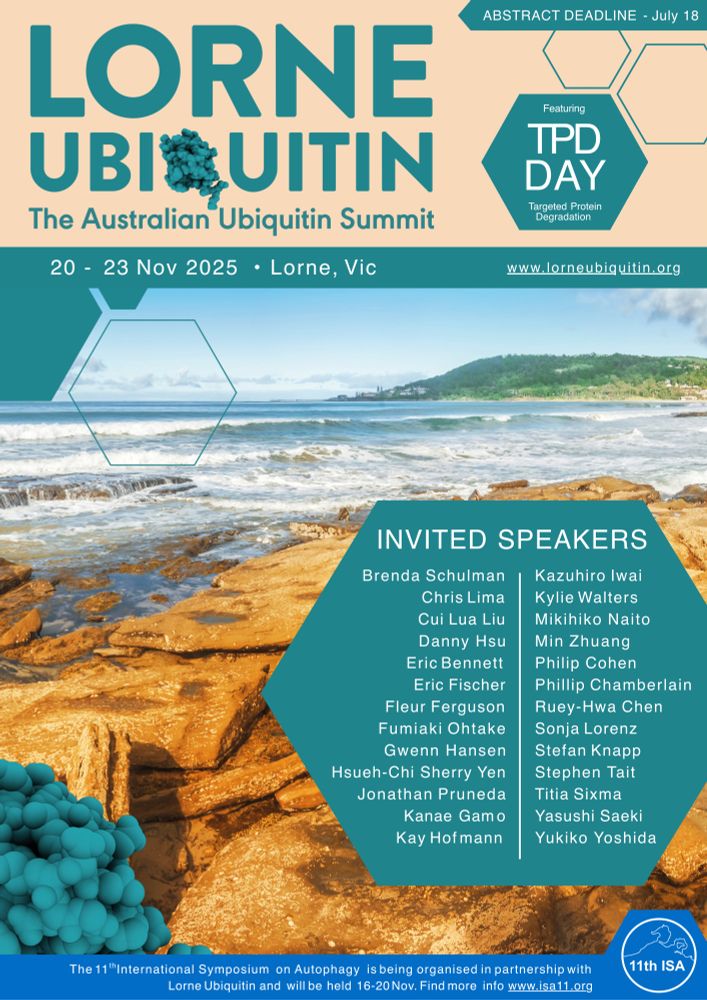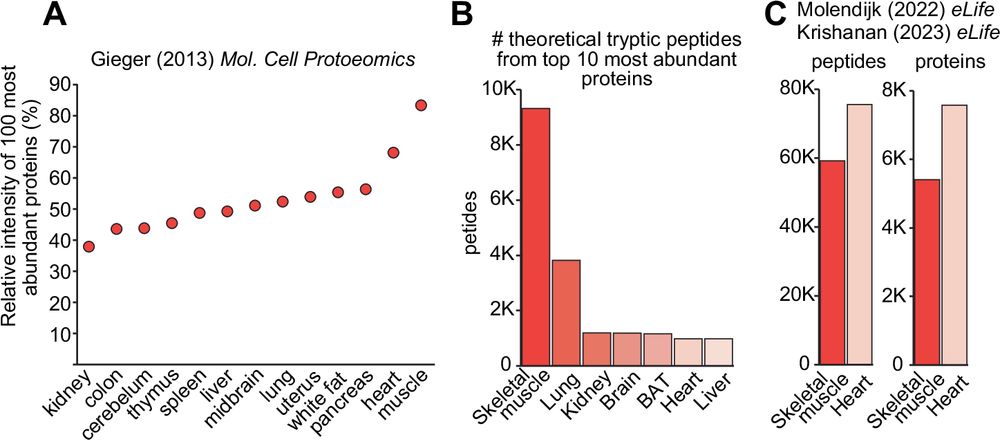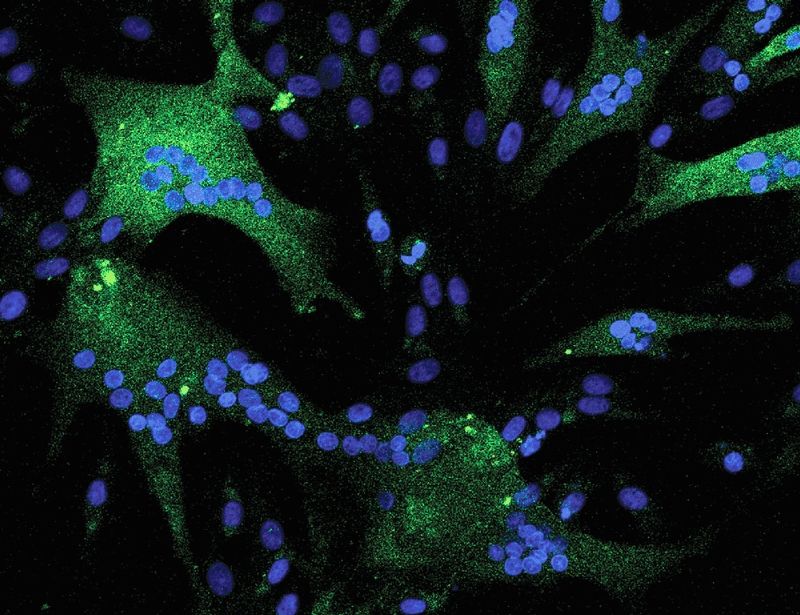Ben Parker Lab
@benparkerlab.bsky.social
140 followers
170 following
22 posts
Scientist @UniMelb 🇦🇺 focusing on #proteomics, signaling and metabolism. Loves 🏄♂️⛷️⛰️
Posts
Media
Videos
Starter Packs
Reposted by Ben Parker Lab
Reposted by Ben Parker Lab
Reposted by Ben Parker Lab
Ben Parker Lab
@benparkerlab.bsky.social
· May 27
Ben Parker Lab
@benparkerlab.bsky.social
· May 14
Ben Parker Lab
@benparkerlab.bsky.social
· May 11
Ben Parker Lab
@benparkerlab.bsky.social
· May 11
Ben Parker Lab
@benparkerlab.bsky.social
· May 11

Site-specific quantification of the in vivo UFMylome reveals myosin modification in ALS
UFMylation is the post-translational modification of Ubiquitin Fold Modifier1 (UFM1)
applied to substrate proteins. Blazev et al. develop an antibody-based enrichment
approach followed by LC-MS/MS to ...
www.cell.com
Reposted by Ben Parker Lab
Ben Parker Lab
@benparkerlab.bsky.social
· Apr 11
Ben Parker Lab
@benparkerlab.bsky.social
· Mar 22
Ben Parker Lab
@benparkerlab.bsky.social
· Mar 22
Ben Parker Lab
@benparkerlab.bsky.social
· Mar 18










